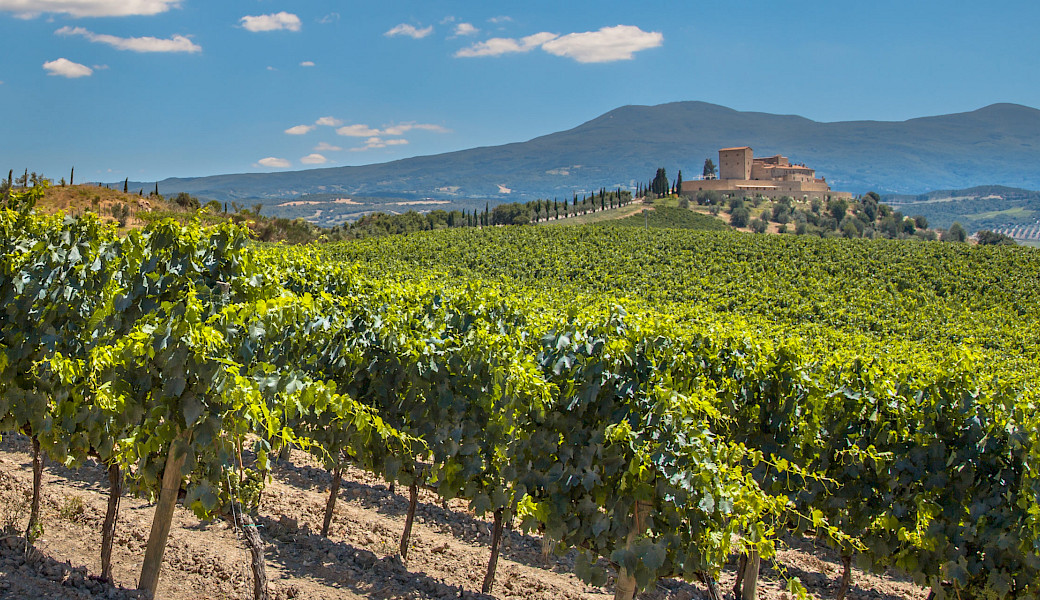
The Rioja region in northern Spain is arguably the country's most famous wine-producing region. Located along the Ebro River in the northern portion of central Spain, Rioja has a long and storied winemaking tradition dating back to the early Middle Ages.
The Rioja region has a largely continental climate with warm, dry summers and cold winters. The temperate climate, along with the mixture of clay, limestone, and iron-rich soil, provides ideal conditions for growing grapes. The region is home primarily to red grape varietals, with Tempranillo being the most prominent and iconic Rioja grape.
Rioja has a system of classification for its wines that accounts for aging time, similar to France's Appellation d'Origine Contrôlée system. Rioja wines spend predetermined amounts of time maturing in oak barrels and aging in bottles within the winery before release. The terms Joven, Crianza, Reserva and Gran Reserva indicate the minimum time a Rioja wine has aged before reaching the market.
The grapes for Rioja wines are grown and produced in three distinct subregions within the greater Rioja area that differ slightly in terroir and microclimate. Rioja Alta and Rioja Alavesa are located in higher elevations with more limestone and ferric soils that produce brighter and more acidic wines, while Rioja Baja has more alluvial soils in lower elevations that lend Riojas from this area a fruitier profile.
Rioja relies heavily on the use of oak aging, where wines mature for years in barrels to develop added layers of complexity. American oak was initially used more prevalently but over recent decades, French oak has become more popular for aging the region's wines. The toasting level of the oak barrels can have a significant impact on the aromatic and flavor profile of Rioja wines.
Traditionally, red Rioja wines have leaned towards longer aging periods in oak and in bottle before release, developing smoother, more integrated and complex flavors in the process. But in recent years, fruitier, more easy-drinking styles of Rioja meant for earlier consumption have grown in popularity with both winemakers and the public.
The local grape of Maturana Tinta is one lesser known red varietal that is not permitted in Rioja D.O.Ca. classified wines but is used in Joven style table wines and adds distinctive berry and herbal notes. The white grapes Viura, Malvasía and Garnacha Blanca are also grown within Rioja for dry white table wines as well as white Riojas designed to age.
Rioja has a classification system for vineyards as well, with single vineyards classified as Viñedos Singulares receiving the highest vineyard designation if they meet strict criteria concerning viticulture, winemaking techniques, and visual and aromatic qualities. Only 61 vineyards currently carry the Viñedos Singulares distinction.
Rioja represents one of the undisputed pinnacles for Tempranillo-based wines in the world. As both winemaking and viticultural techniques have advanced over the decades, the quality and diversity of wines from Rioja leaves little doubt as to why these iconic wines have become globally synonymous with Spanish wine.
The rich history, time-honored traditions, diversity across subregions and wine styles, and balanced, food-friendly flavor profile make Rioja an essential wine region for any lover of Spanish wines to become intimately acquainted with.
Sign up to be the first to know about upcoming sales, recipes, events and more.